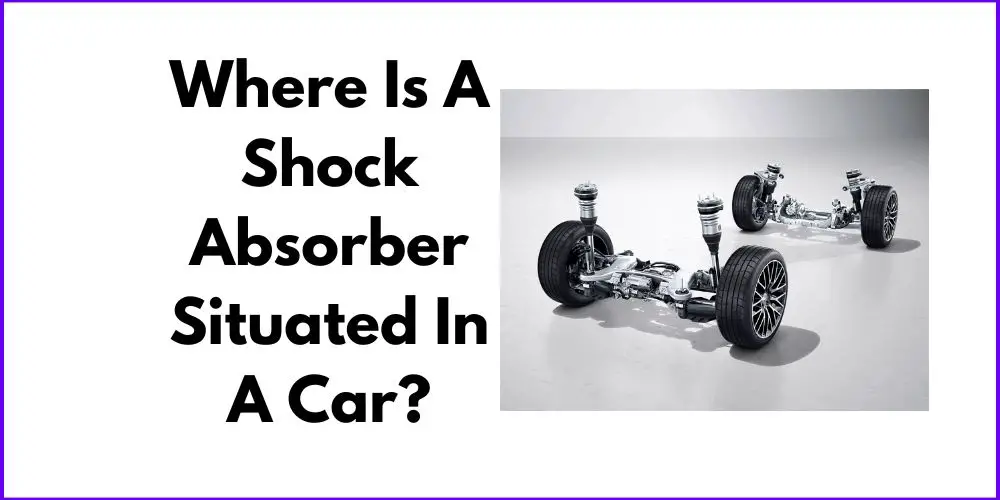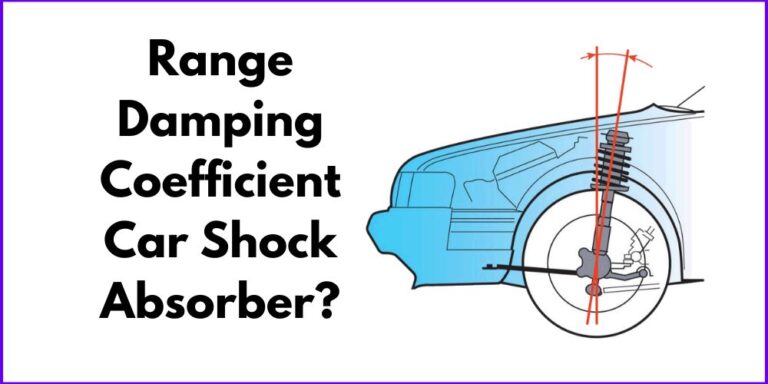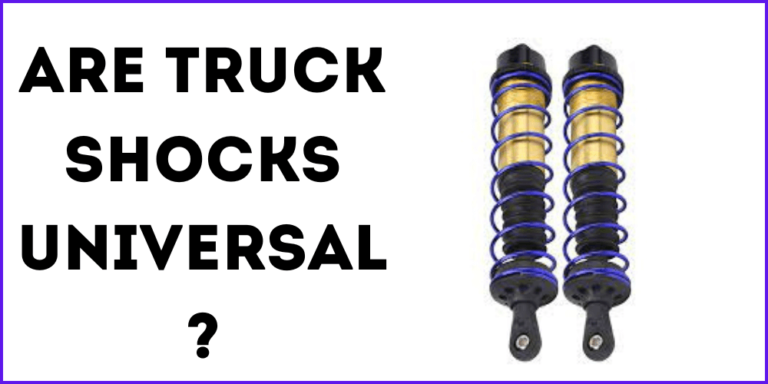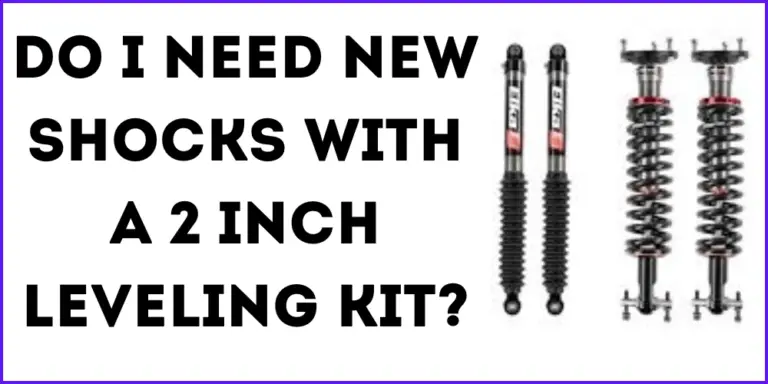When it comes to a smooth and comfortable ride, shock absorbers play a vital role in a car’s suspension system. These unsung heroes of the automotive world ensure that your vehicle remains stable, absorbs bumps and vibrations, and provides a comfortable driving experience. But have you ever wondered where exactly these crucial components are located in your car? In this blog post, we will discuss, “Where is a shock absorber situated in a car?” and explore their placement within a vehicle. By understanding the location of shock absorbers, you’ll gain valuable insights into your car’s suspension system and be better equipped to maintain its optimal performance. So, let’s dive in and discover the importance of shock absorbers and why knowing their location matters for every car owner.
Where is a Shock Absorber Situated in a Car?
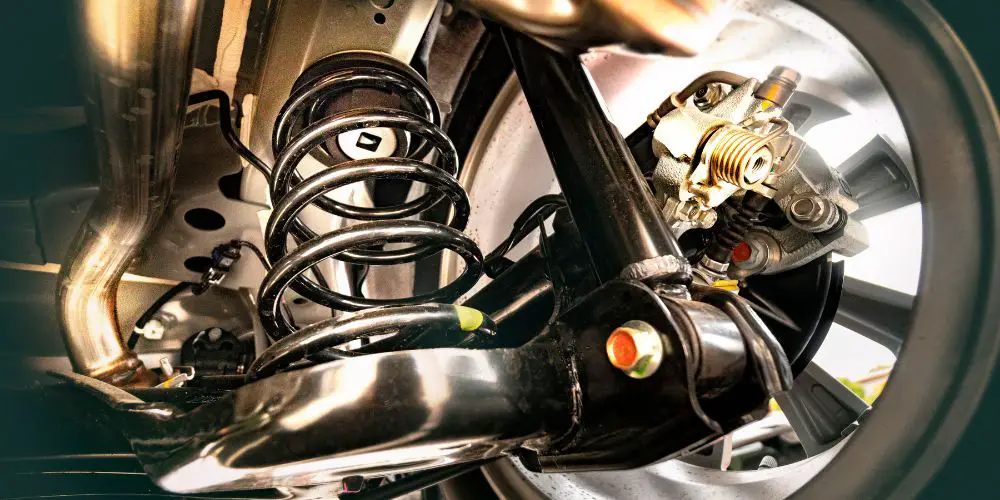
Shock absorbers, as their name suggests, are designed to absorb shocks and vibrations generated from uneven road surfaces. These crucial components of a car’s suspension system are strategically positioned to enhance both vehicle stability and passenger comfort. So, where exactly are shock absorbers situated in a car?
- Location: Shock absorbers are typically located behind the tires, near the wheels, in both the front and rear suspension systems. They are specifically placed to work in conjunction with separately mounted springs. This positioning allows them to effectively dampen and control the vertical motion of the suspension, ensuring a smooth and controlled ride.
- Role in maintaining vehicle stability and comfort: Shock absorbers play a vital role in maintaining vehicle stability by controlling the movement of the suspension system. When you encounter bumps, potholes, or any irregularities on the road, the shock absorbers compress and release, absorbing the impact and preventing excessive bouncing or swaying of the vehicle. This helps keep the tires in contact with the road surface, providing improved traction, stability, and control.
Furthermore, shock absorbers contribute significantly to passenger comfort. By dampening the oscillations of the springs, they minimize the transfer of vibrations and jolts to the vehicle’s body, ensuring a smoother and more enjoyable ride for occupants.
Components of shock absorbers:
Shock absorbers consist of several essential components that work together to achieve their damping effect:
- Piston and cylinder: The piston moves within a cylinder filled with hydraulic fluid. As the suspension moves up and down, the piston pushes against the fluid, generating resistance and controlling the motion.
- Hydraulic fluid: This viscous liquid serves as the medium through which the force from the piston is dissipated. It flows through small channels and valves inside the shock absorber, converting kinetic energy into heat energy.
- Coil spring: While not a part of the shock absorber itself, a coil spring is usually mounted separately but works in conjunction with the shock absorber. It helps support the weight of the vehicle and provides additional suspension flexibility.
- Mounting brackets: Shock absorbers are securely attached to the vehicle’s chassis or suspension components using mounting brackets. These brackets ensure proper alignment and stability, allowing the shock absorber to function effectively.
Understanding the location of shock absorbers in a car is crucial for every car owner. It not only helps in identifying and diagnosing any potential issues but also enables you to maintain and replace them when necessary. By keeping your shock absorbers in good condition, you ensure a safe, smooth, and comfortable driving experience for both you and your passengers.
Front Suspension System:
The front suspension system of a car plays a vital role in absorbing shocks and maintaining stability. Two common types of front suspensions are the MacPherson strut and the double wishbone suspension.
- MacPherson Strut: The MacPherson strut is a simple and cost-effective design where the shock absorber is integrated with the coil spring into a single unit. It is located inside the strut assembly, which connects to the vehicle’s body frame and the steering knuckle.
- Double Wishbone Suspension: The double wishbone suspension uses two control arms to independently control wheel movement. The shock absorber is positioned between the upper and lower control arms, providing excellent stability and handling.
Rear Suspension System:
The rear suspension system of a car is responsible for maintaining stability and comfort. Two common designs are the leaf spring suspension and independent rear suspension.
- Leaf Spring Suspension: This traditional system uses curved metal strips called leaf springs to support the vehicle’s weight and absorb shocks. The shock absorbers are positioned near the axle, working in conjunction with the leaf springs to provide a smoother ride.
- Independent Rear Suspension (IRS): Found in modern cars, this advanced system allows each wheel to move independently. The shock absorbers are located near the control arms, dampening the movement of each wheel for improved handling and comfort.
Proper maintenance of the rear suspension system, including the shock absorbers, is crucial for a safe and enjoyable driving experience. Understanding their location helps in timely replacement or repair.
FAQs about Shock Absorbers in Cars:
How do I know if my shock absorber is broken?
One of the most common signs of a broken shock absorber is leaking. If you notice oil or fluid leaking from your shocks, it’s a clear indication that they are no longer functioning properly. Additionally, you may experience excessive bouncing, a rough or unstable ride, or uneven tire wear. If you suspect your shock absorbers are broken, it’s recommended to have them inspected and replaced by a professional.
Can I drive with a broken shock absorber?
No, it is not safe to drive with a broken shock absorber. Whether it’s a broken coil spring or a damaged shock absorber, driving with any component of the suspension system in a compromised state can have severe consequences. A broken coil spring can cause sagging, leading to further damage and instability. It’s crucial to address the issue promptly to ensure your safety and prevent additional damage to your vehicle.
Are shocks in the front or back?
In most modern vehicles, the suspension setup includes struts on the front axle and shocks on the rear axle. Struts are a combined component that integrates the shock absorber with other suspension elements. However, it’s worth noting that some vehicles may have struts on both the front and rear axles, while others may have only shocks. The specific suspension configuration can vary depending on the vehicle’s make, model, and year. Consulting your vehicle’s manual or seeking professional advice can help determine the suspension setup in your specific car.

